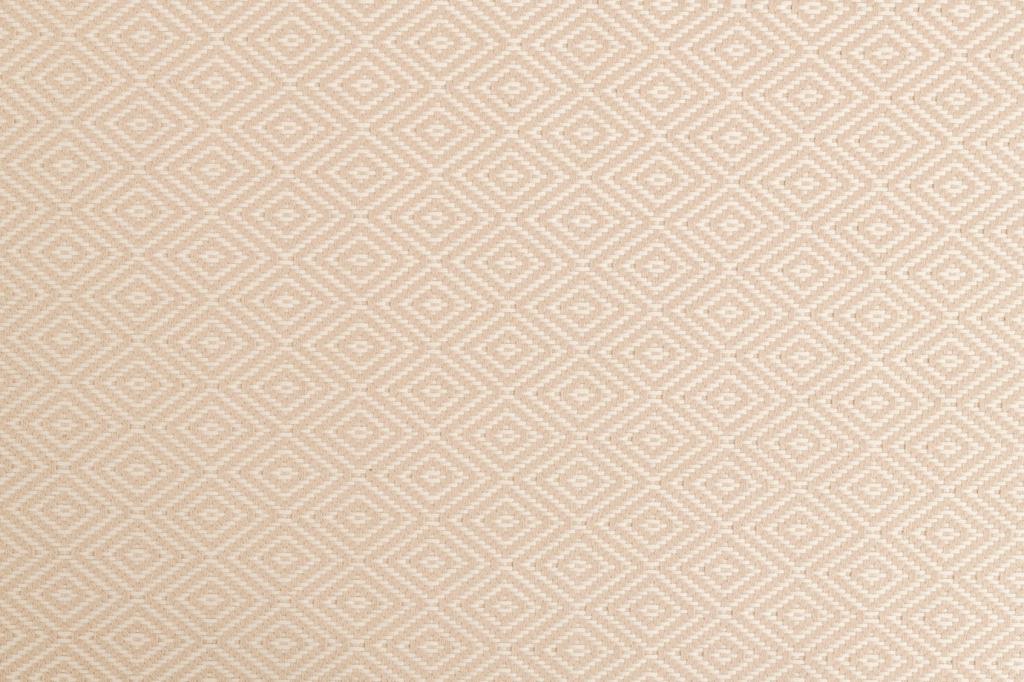This website uses cookies so that we can provide you with the best user experience possible. Cookie information is stored in your browser and performs functions such as recognising you when you return to our website and helping our team to understand which sections of the website you find most interesting and useful.
Sustainable materials are transforming the field of modern architecture, shaping how buildings are designed, constructed, and maintained with an eye toward preserving the planet’s resources. By integrating green building materials and embracing innovative techniques, architects are actively reducing the environmental impact of their projects. This shift is more than a trend—it’s a critical evolution toward a built environment that respects ecosystems, conserves energy, and prioritizes the health and well-being of occupants. As global concerns about climate change and resource scarcity intensify, sustainable materials have become a cornerstone of responsible design, blending functionality, aesthetics, and environmental stewardship in ways that were unimaginable only a few decades ago.


The Role of Renewable Resources




Advances in Eco-Friendly Concrete



